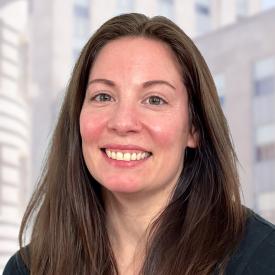This year, the Bureau of Digital hosted the Digital Project Management (DPM) Summit in Austin, Texas—a fantastic gathering of project management professionals from various industries. The Savas Labs Project Management team had the privilege of attending, participating in hands-on workshops, learning from industry leaders, and networking with peers. The summit was focused on practical learning and real-world challenges, and sharing actionable strategies, providing us inspiration and equipping us with fresh ideas to bring back to our projects. It was an incredible opportunity to grow as a team and enhance how we deliver success at Savas.
Project management is often described as the backbone of successful project delivery. At Savas Labs, our project managers are essential leaders who steer our teams through complexities, foster collaboration, and ensure that client goals are met on time and within budget. Our recent experience at the DPM Summit reaffirmed—and in some ways redefined—the value of project management. Here are some of the team's key takeaways from the event.













